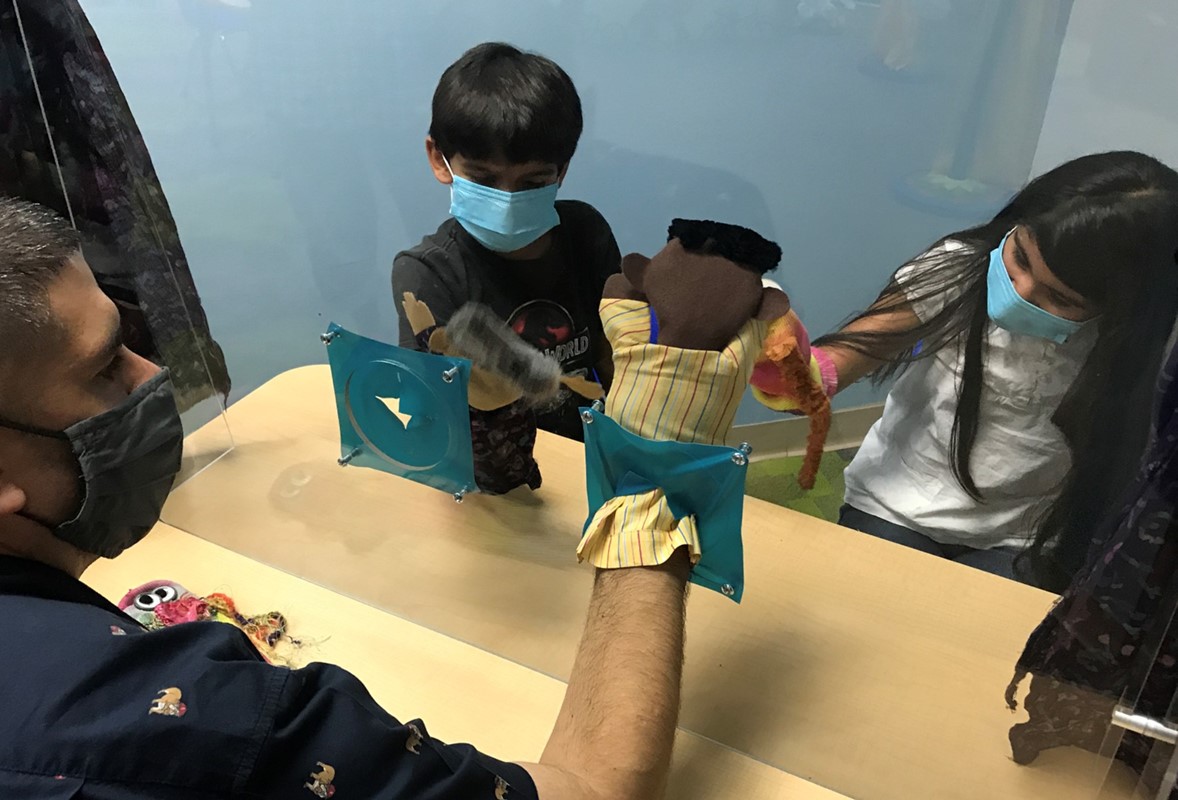Community
Communicating About COVID-19
Since we began taking huge societal steps to flatten the curve and address our current public health crisis, my inbox has been flooded with emails from what seems like every retailer and restaurant I have ever visited. Are they reaching out to alert me of the latest sales or entice me with a great deal? No. These businesses are reaching out to inform me about their individual response to the spread of COVID-19. These communications have included how they are adhering to state-specific closure orders, enhancing their hygienic practices, supporting the health and safety of staff, and pretty much anything related to changes brought on by measures to combat the spread of COVID-19.
Social service providing organizations, whether classified as essential or nonessential during this time, are no different in that they must strive to communicate with their stakeholders about how they are addressing COVID-19 as an organization. Across a single social service program, stakeholders can include clients, family members of clients, staff, volunteers, community members, funders, and board members. All of these stakeholders can be impacted in different ways by your COVID-19 response measures. Communicating clearly and specifically to individual groups of stakeholders will show them that your organization is taking the crisis and its role in protecting the community seriously.
COA has put together a list of references to assist your organization in navigating communication with your stakeholders during this time. We’ve organized the information below by:
- Developing a communication strategy
- Staff outreach
- Funding, media, and advocacy outreach
- Materials
- Guidance on reducing stigma
Our Interpretation blog is meant, first and foremost, to be a resource for the COA community. We are continually evolving its content to meet the needs of our COA network. If you have a resource, article, or tool that you’d like to see posted, we’d love to hear from you! Reach out to us by email at PublicPolicy@coanet.org.
Developing a communication strategy
The abrupt transitions required by COVID-19 has forced for-profit and nonprofits alike to rapidly address a myriad of issues, including communication with their stakeholders. Taking the time to develop a planned communication approach will ensure there is continuity and comprehensive information in your communications and will likely prevent time spent later answering questions. Harvard Business Review has published some helpful tips in developing your communication approach, beginning with the creation of the standing Pandemic Leadership Team. They have also examined the emergency communication responses of companies that have experienced crises previously.
- Harvard Business Review: Communicating Through the Coronavirus Crisis
Staff outreach
Whether your agency staff are considered essential or non-essential workers, it’s important to understand that they are impacted both professionally and personally by this crisis. Communications to staff should be sensitive to this by providing clear, concise, and accurate information. In addition, ensure staff are given a supportive and facilitative environment to ask questions and seek clarification. Workers are dealing with a myriad of concerns as a result of COVID-19. They’ll expect clear information regarding everything from individual health insurance coverage to expectations in work-from-home policies.
The Centers for Disease Control and Prevention (CDC) has created tools to assist employers in communicating about COVID-19 with their staff. In addition, Forbes has put together a survival guide to caring for staff in a remote environment that can help you craft internal communications during this time. How you communicate with staff during this crisis will dictate the office culture when you return.
- CDC: Prepare your Small Business and Employees for the Effects of COVID-19
- Forbes: Company Survival Guide To Care For Staff During The Coronavirus Pandemic
Funding, media, and advocacy outreach
Addressing the global public health crisis has led to an unprecedented global financial crisis. Legislators at the state and federal level are working hard to determine how best to support the economy while maintaining needed social distancing precautions.
The first federal stimulus package, the Families First Coronavirus Response Act, provided some of the financial aid needed by businesses and individuals. It is expected to be followed up with subsequent stimulus bills to continue providing meaningful aid. This means there will be additional opportunities for service providing agencies to advocate for inclusion in future relief packages. It is important that agencies are using any and all tools and connections they have to advocate for their stakeholders and raise awareness of the importance of their specific services in their community.
The Alliance for Strong Families and Communities (also known as the Alliance) has created a toolkit for their network to raise awareness about the importance of community-based human services organizations, which become even more vital in times of crisis. To also assist you in raising critical funds, this toolkit includes a national fundraising campaign with graphics and sample posts, as well as media outreach templates. Use these tools to leverage your visibility as part of the national Alliance network and raise awareness for your specific community impact and financial needs.
- Alliance for Strong Families and Communities – COVID-19 Fundraising and Media Outreach Toolkit
Materials
Communicating accurate and helpful information is the duty of all organizations addressing COVID-19 in their community. On-site, this can mean having materials available to service recipients. The CDC and the World Health Organization (WHO) have published a number of free resources for all businesses to use, including fact sheets, guidance, videos, and posters. By using the latest materials published by the CDC, you will ensure the information you are communicating is in accordance with current public health announcements and guidance. In addition, check your state’s public health and human service department’s departments websites to see if materials specific to your state are available to you. Below are links to current communication tools and resources available for use and distribution.
- CDC: Communication Resources
- CDC: Directory of state and territory health agencies
- WHO: Communicating the Risks of COVID-19
Guidance on reducing stigma
Stigma affects the emotional and mental health of those that the stigma is directed against. Stopping stigma is an important part of making communities and community members resilient during public health emergencies. Even if we are not personally involved with the stigmatized groups, it’s important to stay vigilant and address it when issues arise.
We hope you find these resources useful! Check out our other posts on COVID-19—COVID-19 Resources (Extended Version) and Preparing for Response to COVID-19,—for additional information.
What other helpful resources for managing communication during the COVID-19 outbreak have you seen? Share yours in the comments below!



